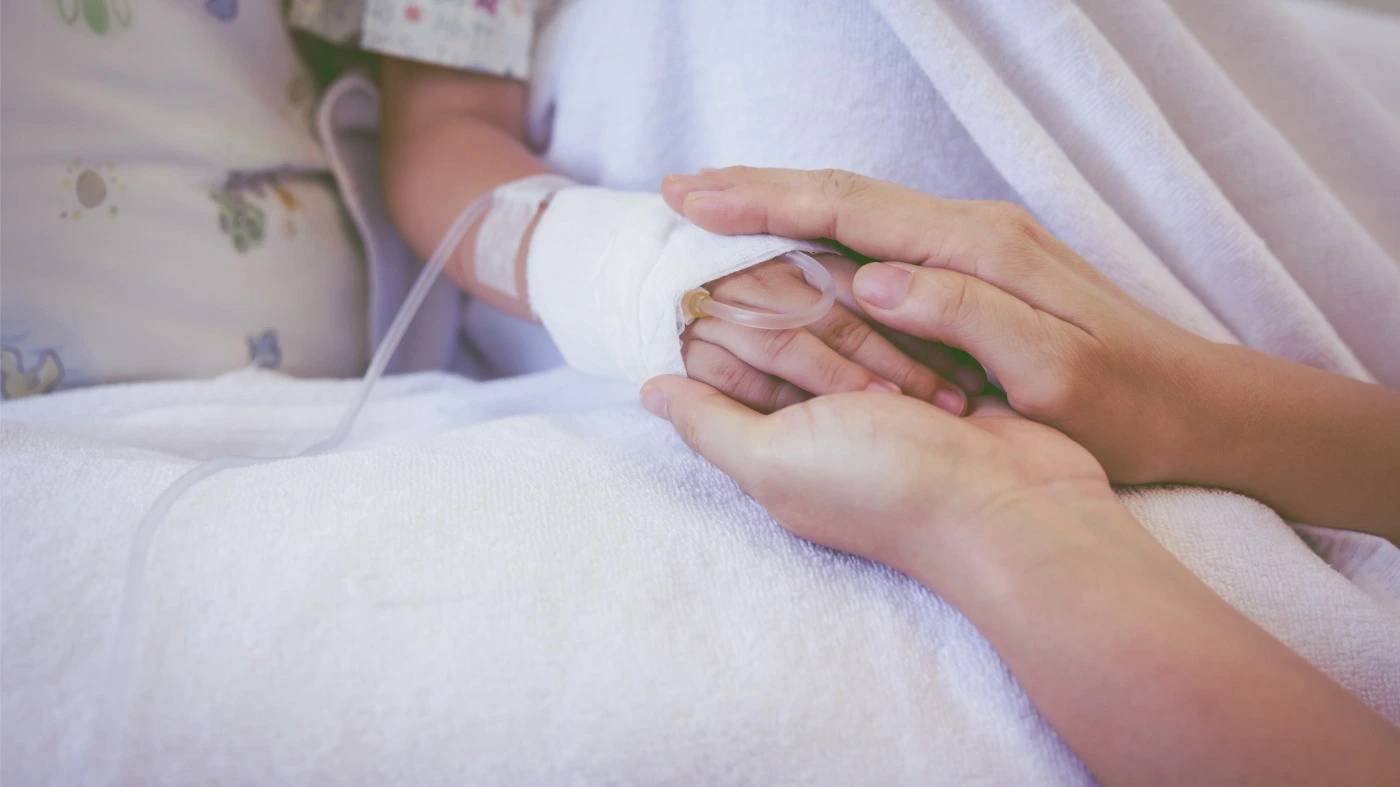How one Ohio city is tackling the ‘uniquely American problem’ of medical debt
26 November, 2022

As lawmakers were being elected and constituents were voting on key ballot measures this month, one Ohio city council passed a measure with the potential to make an enormous financial impact on its community: buying out and relieving the medical debt of its residents.
The Toledo City Council voted 7-5 in early November to use $800,000 of funds from the American Rescue Plan to buy out medical debt for qualifying residents.
The Board of County Commissioners for Lucas County, for which Toledo is the county seat, also agreed to match this pledge, raising the funds to $1.6 million.
This measure was spearheaded by Toledo City Councilwoman Michele Grim (D), a longtime public health advocate who was recently elected to the Ohio House of Representatives. Around $240 million worth of debt is expected to be erased.
“An estimated 41 percent of Americans have some kind of medical debt and it’s the No. 1 reason for bankruptcy,” Grim said.
“And Toledo has been hard-hit by the pandemic. It’s also been hard-hit by inflation, also rising housing prices and rising rents. Our poverty rate is higher than the national average … and our wages are stagnant.”
Under the measure, Toledo and Lucas County will enter into contract with RIP Medical Debt, a nonprofit founded in 2014 with the aim of buying out and abolishing medical debt. The organization will work with hospitals in the area to buy out patients’ debt using the funds put forward by the city and county. Grim was inspired to pursue the measure after seeing a similar one passed in Cooke County, Illinois, which also partnered with RIP Medical Debt. Toledo’s local government will be the second the organization has partnered with.
Since its inception, the organization says it has eliminated more than $7 billion worth of debt for more than 4 million people.
“The reason why we’re able to do that is because there is a for-profit debt market that exists that we sort of take advantage of,” Allison Sesso, president and CEO of RIP Medical Debt, said.
Sesso’s organization operates a proprietary method that it refers to as a “debt engine.” It buys out existing debt from participating hospitals for pennies on the dollar and analyzes the debt files to determine who is eligible for debt relief.
Patients are eligible if their income is 400 percent of the national poverty level or if they have medical debt which totals more than 5 percent of their annual income.
According to Sesso, about 80 to 90 percent of the patients the organization sees in the debt files qualify for its debt relief.
Individuals cannot apply to RIP Medical Debt for relief. Eligible patients are unaware that they are being considered and simply receive a letter in the mail informing them that their debt has been bought out and will never be collected.
Among her constituents, Grim said about 41,000 are estimated to be eligible for debt relief.
“Medical debt is a uniquely American problem,” Grim said. “And I really can’t think of another better way to use our American Rescue dollars than to aid in the economic recovery of our constituents.”
The Consumer Financial Protection Bureau (CFPB) stated in a report released earlier this year that medical debt is the most common collection type on credit reports. Though this does not necessarily mean that medical debt is the most common in collections, it is disproportionately represented in credit reports when compared to other common forms of debt.
“As of 2021, 58 percent of all third-party debt collection tradelines were for medical debt, making medical debt the most common debt collection tradeline on credit records. The next most common collections tradeline was telecommunications debt, at only 15 percent of tradelines,” the agency said in the report.
According to the CFPB, the amount of U.S. medical debt currently in collections ranges from $81 billion to $140 billion. The exact amount is difficult to ascertain, as not all medical debt collections are made available to consumer reporting companies.
As the agency noted, collection tactics for such debt have long been criticized for being aggressive and convoluted, with some patients facing legal action from hospitals or others being erroneously contacted by collection agencies despite not actually having any outstanding fees.
Since the Toledo City Council voted to pass the measure, both Grim and Sesso say they have been contacted by lawmakers around the country interested in possibly doing the same thing for their own constituents.
Sesso said RIP Medical Debt is actively speaking to a handful of other local governments, though her organization likely won’t move forward with all of them. According to Sesso, partnerships are partly dependent on medical providers actually being interested in having a conversation about buying out patients’ medical debt.
As Grim heads to the Ohio state legislature, she says she would like to introduce a similar measure at the state level, though she acknowledges that what was passed in Toledo is only a small step toward addressing a much larger issue.
“As a local legislator or even as a state legislator, I can’t fix our broken health care system. It’s a national problem,” Grim said. “This is just the first step. This is something small and simple that we can do to help aid in economic recovery of Toledoans and Lucas County residents. And, you know, Washington, D.C., doesn’t have a plan to eliminate medical debt, but Toledo, Ohio, does.”
Source: thehill.com
